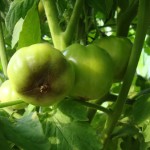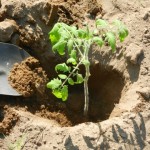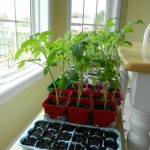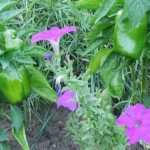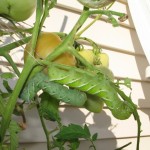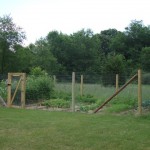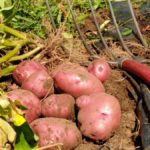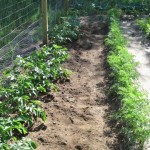
If you wonder if you can handle growing vegetables on your own, you should try green beans! Growing green beans is easy and rewarding, and fun for both kids and adults! Also called snap beans or string beans, they can grow in pots or garden containers, or in-ground. You can fit them into small places as they really don’t need much space. Bush beans can also be planted close together as they will use each other for support, making staking unnecessary. They need some fertilizer and a bit of water, but these plants are not fussy. They are not infallible either, they just aren’t difficult plants. For these reasons they are an ideal vegetable for kids to grow or for adults who want to start out with something simple. The seeds are large, also making it easy for kids to handle and plant. With the pictures below I will take you right through it. Did you know? Some helpful tips before we get started: Although sometimes called string beans, most varieties of green beans nowadays do not have much of a string in them. It’s just an old name that sticks around, and in fact this unpleasant characteristic has been more or less “bred out” of them. I have tried several varieties myself and haven’t had a problem. These days they are usually referred to as snap beans due to the snap you’ll hear if you break a fresh bean. […] Read more »

